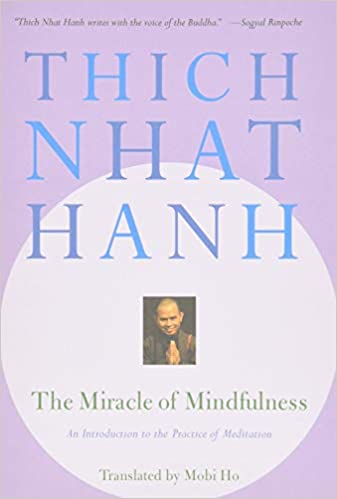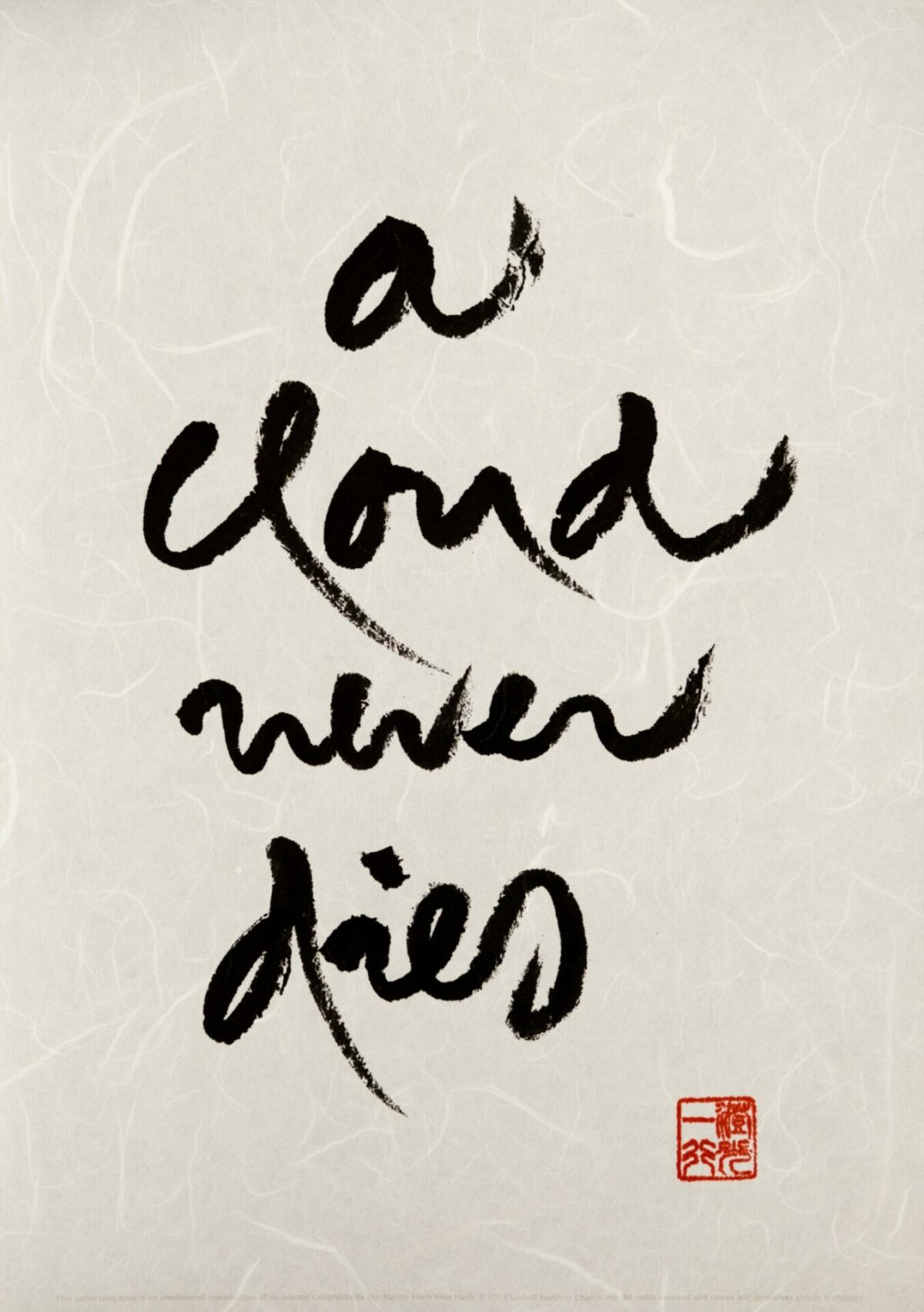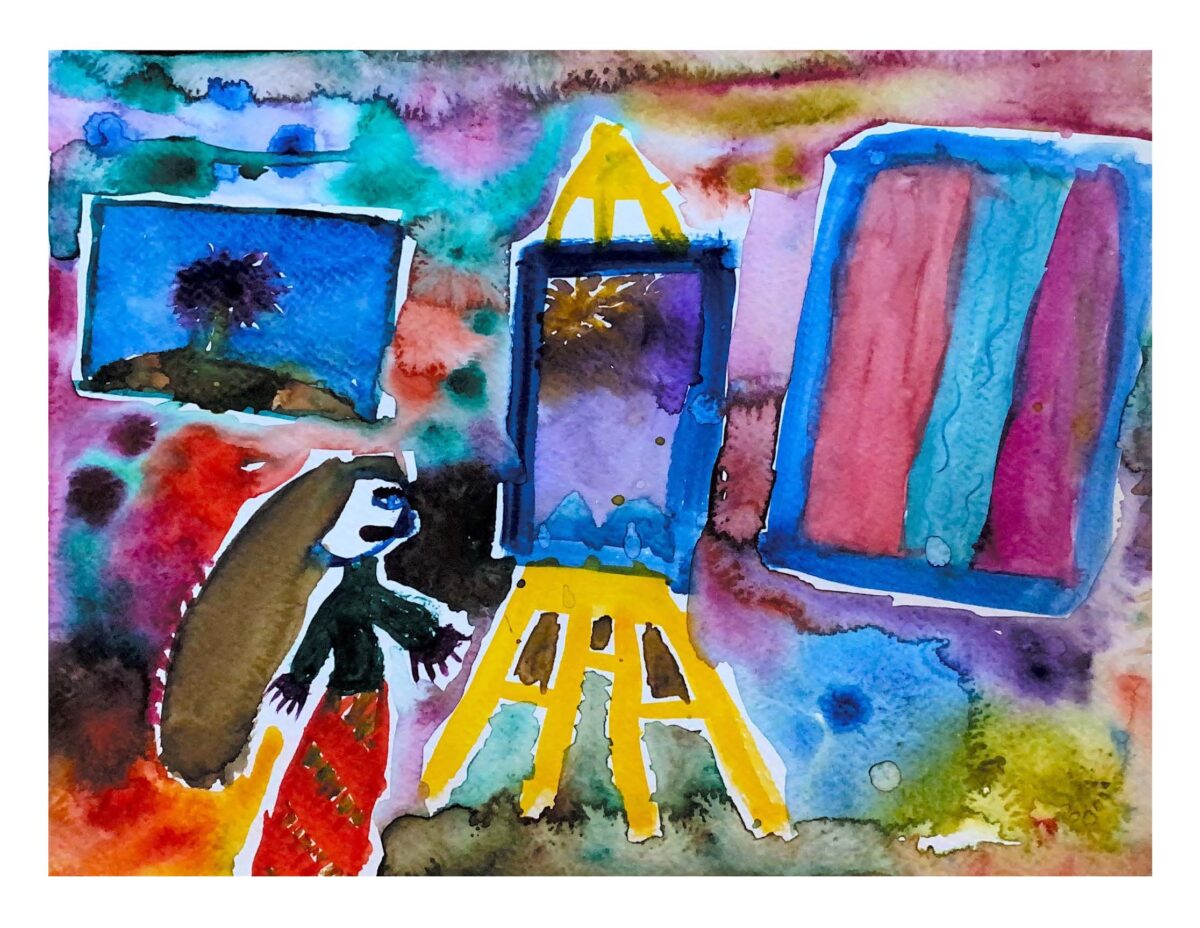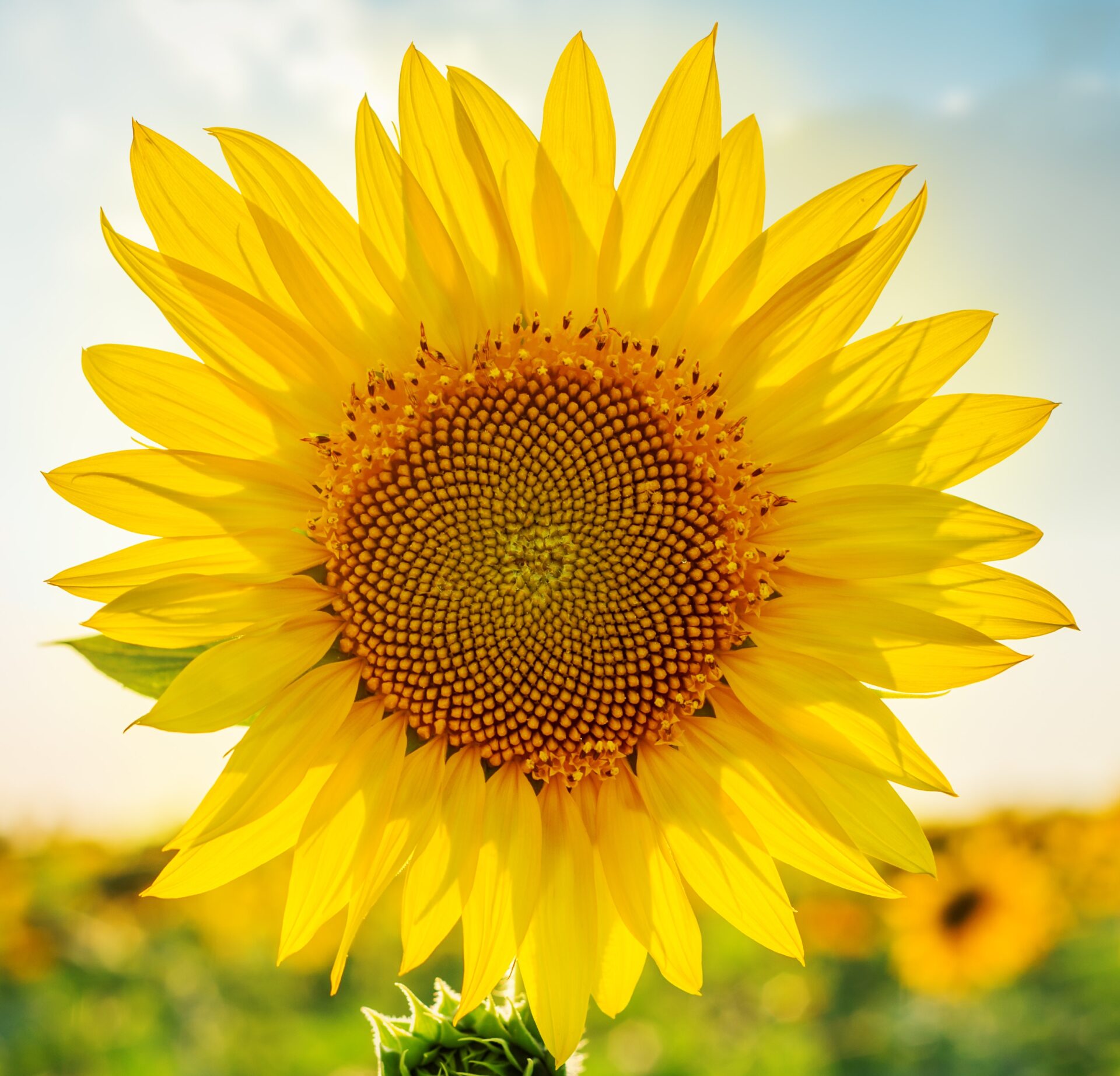A story of gratitude for Thầy’s teachings on impermanence, interbeing, and continuation
By Shannon Zeimetz on
When I was a child, my family was in a devastating car accident that left my mother with severe brain damage, irrevocably changing both her physical abilities and her character. Years later my father, who was our rock and the sole provider for our family, was diagnosed with cancer and died within three months.
A story of gratitude for Thầy’s teachings on impermanence, interbeing, and continuation
By Shannon Zeimetz on
When I was a child, my family was in a devastating car accident that left my mother with severe brain damage, irrevocably changing both her physical abilities and her character. Years later my father, who was our rock and the sole provider for our family, was diagnosed with cancer and died within three months.

The deep sense of loss and the ensuing worry of losing those I love followed me like a shadow for the next decade. When I was in my twenties, shortly after my daughter Lily was born, I read The Miracle of Mindfulness. I was searching for a better way to live with my worry, to care for my own suffering so it did not become her’s one day. The book changed my life.
I dove into the practice of the Plum Village tradition and teachings of Thích Nhất Hạnh and began to realize that for so long I had imagined the suffering of my childhood as a dark looming cloud of loss. Through Thầy, I learned to look more deeply at that cloud: what was it before…? What did it become after…? Yes, it was dark. Yes, I suffered and still do at times. But the cloud of my grief was only possible because there had been a loving mother, and a loving father, and a happy child. That love never ended. And the cloud only remained dark and looming in my mind. The Buddhist teachings of impermanence taught me to look beyond—a dark cloud becomes rain which becomes flowers, which my seven-year-old daughter picks and arranges into small bouquets. When she hands them to me and says, “I love you Mama,” it is the same love that my mother and father had for me. It was transmitted from their parents, to me, to her. It never left, they never left. A cloud never dies.

Thầy passed the same day Lily turned six years old. Just as all things always change, so too did the significance of January 22nd in my life: it became a day of blessed continuation in more than one way. When I meditate on my parents’ continuation through the birth of my daughter, and the continuation of Thích Nhất Hạnh through my own mindful breath, and then expand my consciousness to include all of my ancestors and all of Thầy’s ancestors—created of the same atoms that come together each morning to form the miracle of a sunrise and the dew on green grass—I understand deeply that we inter-are, and instead of worry peace sprouts in the garden of my mind.
I shared this reflection with my daughter recently, and she surprised me with a beautiful painted interpretation of my story: I stand in an art gallery before a painting of a dark cloud that fills me with worry and sadness. I ruminate on my feelings about this painting for a long time, but eventually step back and see the beauty of the flower painting to its left and the calm of the river painting to its right. I smile at these paintings and to the abating sadness within me as I realize that the same water in the cloud is present in all three pieces, and furthermore, in every painting in the gallery.

The seeds of worry are still present in the soil of my subconscious. But through the practice I’ve learned to close my eyes and sit with that worry when it becomes overgrown. I know how to invite mindfulness and compassion to join us as we breathe in and out together. I often think of these feelings and experiences as companions, even friends. When one is crying out, I can invite another to comfort and calm. Or, as Lily may say, I can find peace by seeing all the paintings around me.
Each day there is a moment, sometimes soft and subtle but other times powerful and wondrous, when I am filled with gratitude for Thầy; for the monastics who keep the Plum Village tradition alive; for the team working behind the scenes to make the practice accessible to everyone through print, podcast, app, and website. It seems Thầy’s continuation is present everywhere I turn, and it fills me with joy.


